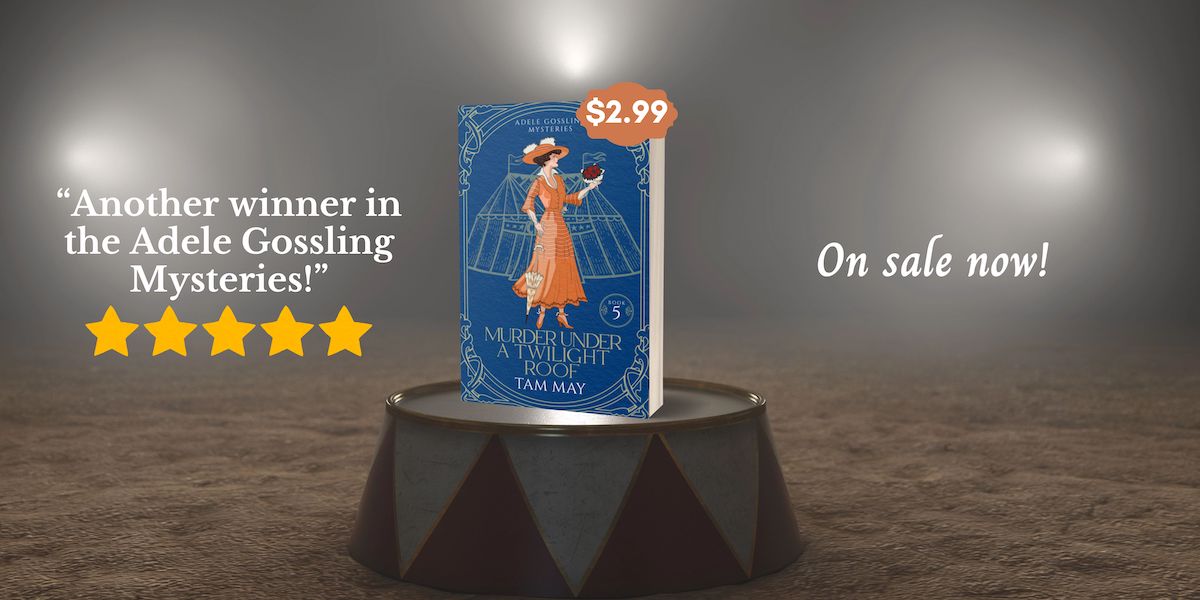Juneteenth is when we celebrate the emancipation of slaves and the abolishment of slavery in the United States. The Fugitive Slave Act went hand-in-hand with slavery in America in the 18th and 19th centuries and was part of what kept slavery alive.
There’s a scene near the beginning of the Lucile Ball/Desi Arnez film The Long, Long Trailer that I think sums up The Fugitive Slave Act. Arnez is waiting for his wife to come back to their trailer in a trailer park with a friendly elderly man. The man is chatting away about getting a trailer and asks Arnez what kind of trailer he has. Arnez barks, “Rigged. You call it rigged!” Similarly, when we look at the Fugitive Slave Law, we can see how the law and its consequences were rigged.
Why was the Fugitive Slave Act rigged? Because it was designed to make fugitives of people who weren’t fugitives. African American slaves who escaped to the North weren’t committing what we would consider a crime today (like murder, theft, or arson). Rather than destroying something or someone, as criminals do, they sought to build something: to create a life for themselves and free their families from slavery. Many, like Frederick Douglass, went on to advocate for the freedom of all slaves. These women and men were courageous fighters and survivors, not fugitives.

Photo Credit: Mass slave escape from Cambridge, MD, 1857, wood engraving: Washington Area Spark/Flickr/CC BY NC 2.0
It also made fugitives of people who tried to help escaped slaves. Many states issued very stiff penalties for those caught aiding African-Americans escaping from slavery, such as six months imprisonment and a five hundred dollar fine (in today’s money, worth about $18,500). People were warned against even talking to potential escaped slaves, thus provoking fear and hate even in the African American community in the Northern states. The law made brave and courageous people who were only trying to do what was right to be betrayers.
And what about government officials? Escaped slaves who were caught were technically subject to a trial, but it was far from a fair one. The Fugitive Slave Law stipulated they could not testify on their own behalf nor could they have a trial by jury. They were tried by special commissioners who were, as many government officials were in the 19th century, as corrupt as they came. The law gave these officials $10 (roughly, $370 today) if they ruled in favor of the slaveholder but only half that amount if they ruled in favor of the slave. So it’s no surprise that the majority of commissioners ruled in favor of the slave going back into bondage, no matter what the evidence showed. The Fugitive Slave Act made the very body we are supposed to rely on for law and order corrupt.
And what about government officials? Escaped slaves who were caught were technically subject to a trial, but it was far from a fair one. The Fugitive Slave Law stipulated they could not testify on their own behalf nor could they have a trial by jury. They were tried by special commissioners who were, as many government officials were at the time, corrupt. The law gave these officials $10 (roughly, $370 in today’s money) if they ruled in favor of the slaveholder but only half that amount if they ruled in favor of the slave. So it’s no surprise that most commissioners ruled in favor of the slave going back into bondage no matter what the evidence showed. The Fugitive Slave Act made the very body we rely on for law and order faulty.
And the greatest irony? The goal of the Fugitive Slave Act was to “keep slaves in their place,” or, encourage slaves not to run away. Not only did it not do this (it’s estimated that in 1850, the year the act went into effect, more than 100,000 slaves escaped) but it enforced the idea that slavery was a gross violation of human rights and encouraged more African-Americans and their supporters to fight for the end of slavery which eventually led to the Civil War.
Want to read about some real fugitives and criminals? Try out my Adele Gossling Mysteries series! The Carnation Murder is free in all online bookstores! And don’t forget Book 6, The Case of the Dead Domestic, is coming later this summer. You can check out the details and preorder a copy (at a special price) here.
If you love fun, engaging mysteries set in the past, you’ll enjoy my novella The Missing Ruby Necklace! It’s available exclusively to my newsletter subscribers and you can get it here. By signing up, you’ll also get news about upcoming releases, fun facts about women’s history, classic true-crime tidbits, and more!

